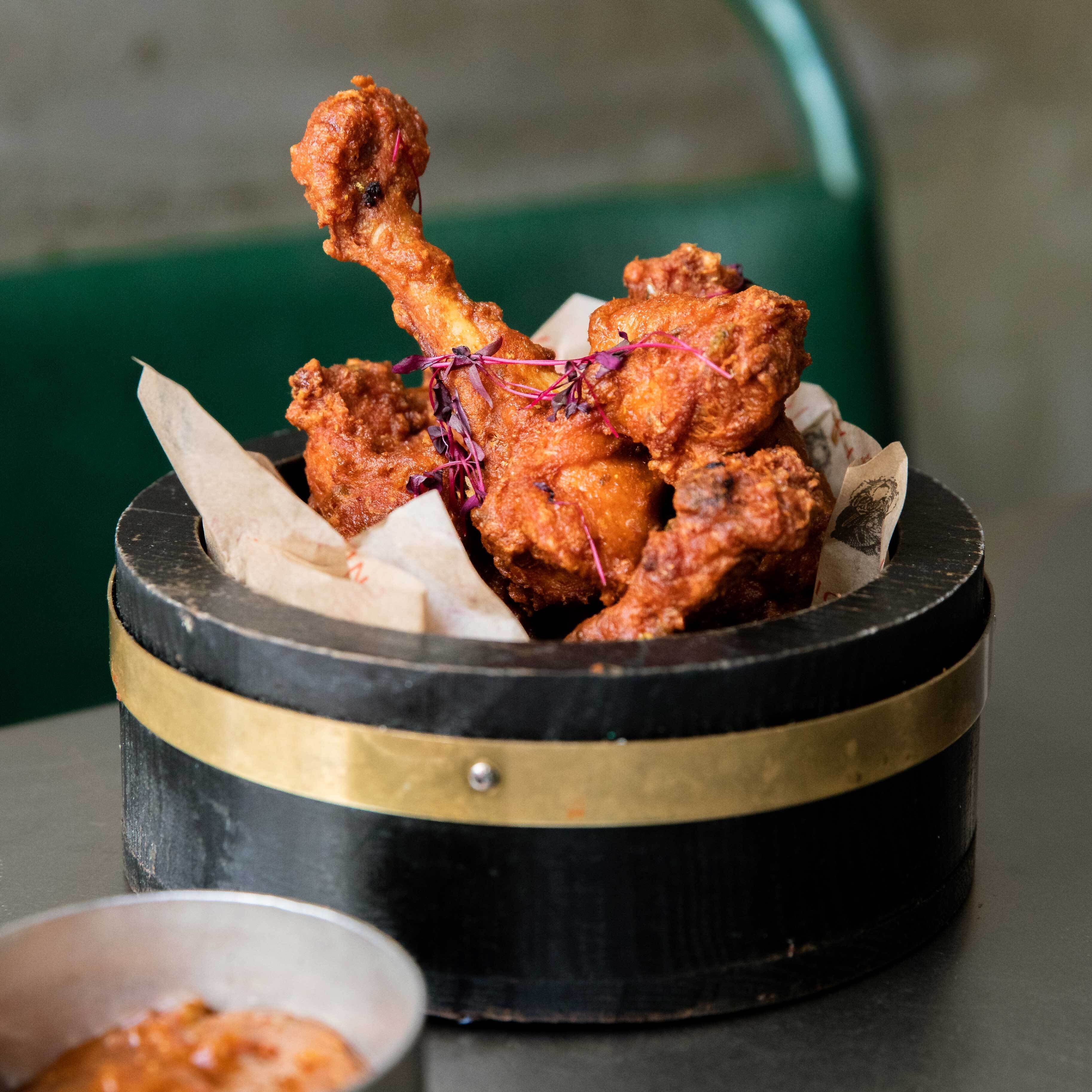I went out for a nice dinner the other night with a few friends of mine who are really into their food. We ate a bit too much, we drank far too much, and we laughed just the right amount. The only thing that dampened the evening was when, about three-quarters of the way through our meal, one member of our group decided to go on an F-word laden tirade. I’m not, of course, talking about the word “fuck” but “fusion”.
Fusion cuisine has become something of an obscenity in culinary circles: the very use of the words by a restaurant being seen as a marker of inauthenticity and a warning sign that you’re going to be overcharged for muddled plates of cooking. I often find myself rolling my eyes at press releases that boast about things like “modern fusion Peruvian cuisine” – a collection of words that sound fancy on paper but mean very little when put in sequence. It’s a wariness that’s been brought on by years of, let’s be honest, subpar food. Pan-Asian restaurants like Sexy Fish and Novikov have used “fusion” as a crutch and an excuse to serve under-seasoned shrimp tempura and wagyu gyozas for years without ever having consulted a single person from the continent whose food they claim to be celebrating.
“[Fusion cuisine] is kind of an umbrella term to lump in lots of different things, which I think should all be treated separately,” says Jonathan Nunn, a writer who regularly explores complicated and engaging issues regarding food and food culture in his newsletter, Vittles. “It could be a white chef thinking they're spicy for adding one Asian ingredient to a dish, it could be a whole menu that intentionally culture hops, it could be dishes born out of economic opportunism and immigration that become hybrid cuisines, or it could be a single cuisine that wears all of its diverse history in its canon of dishes,” he adds, “They should all be judged on their own merits: there are good and bad fusions just as there is good and bad food.”
Not all fusion cuisine has to be Sexy Fish levels of bad, and not all of it is necessarily “inauthentic” either. Tex-Mex cuisine, for instance, is a bonafide cuisine in the eyes of many and, according to American journalist Meredith Bethine, holds its roots in “Tejano culture (Texans of Spanish or Mexican heritage who lived in Texas before it became a republic) and also Mexican immigrants who hailed largely from Northern Mexico.” It isn’t just a mish-mash of two different cuisines but its own individual creation – a style of food that represents that specific Texan-Mexican diaspora – which has taken inspiration from different culinary traditions to form something totally unique as a result.
